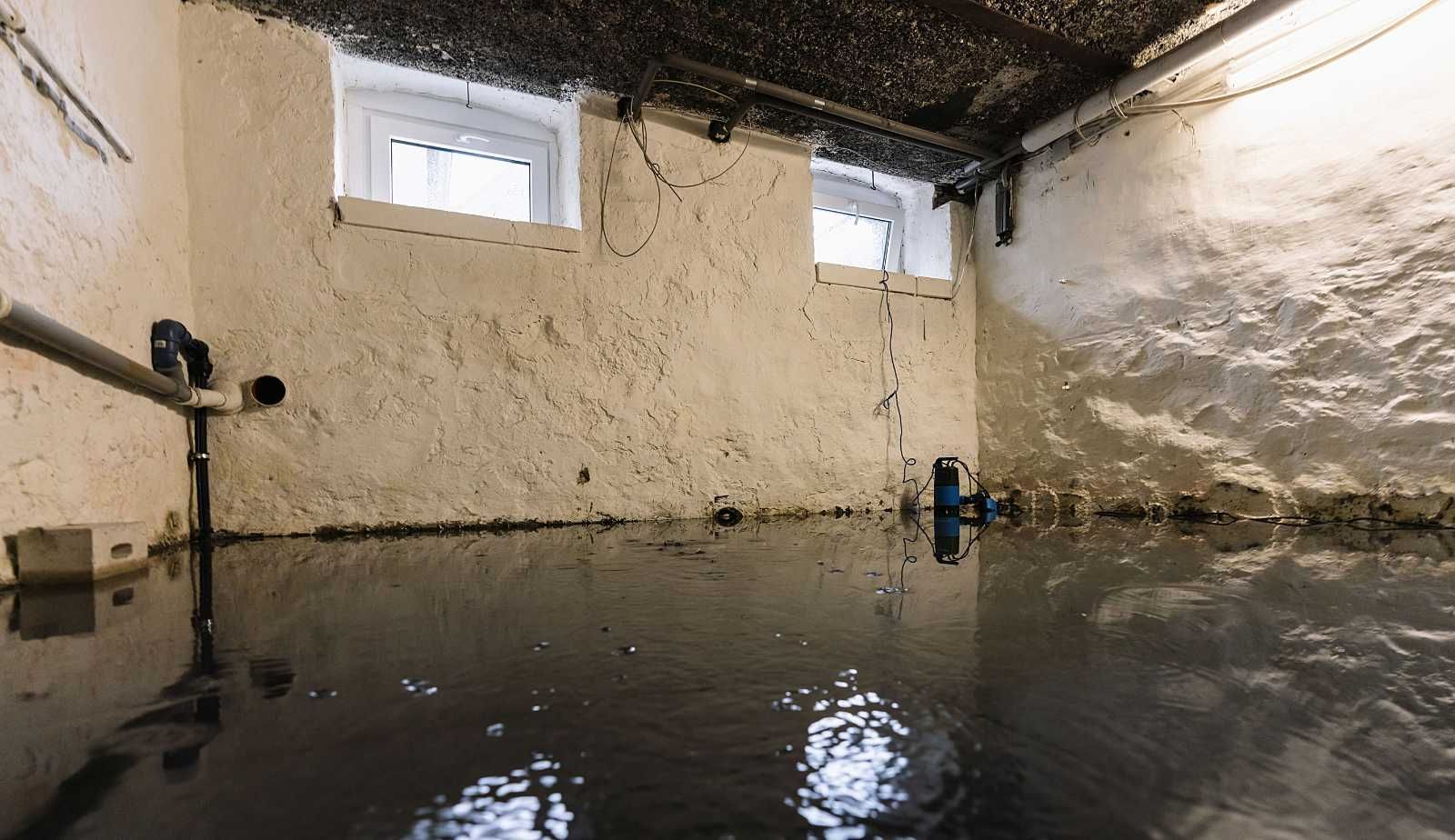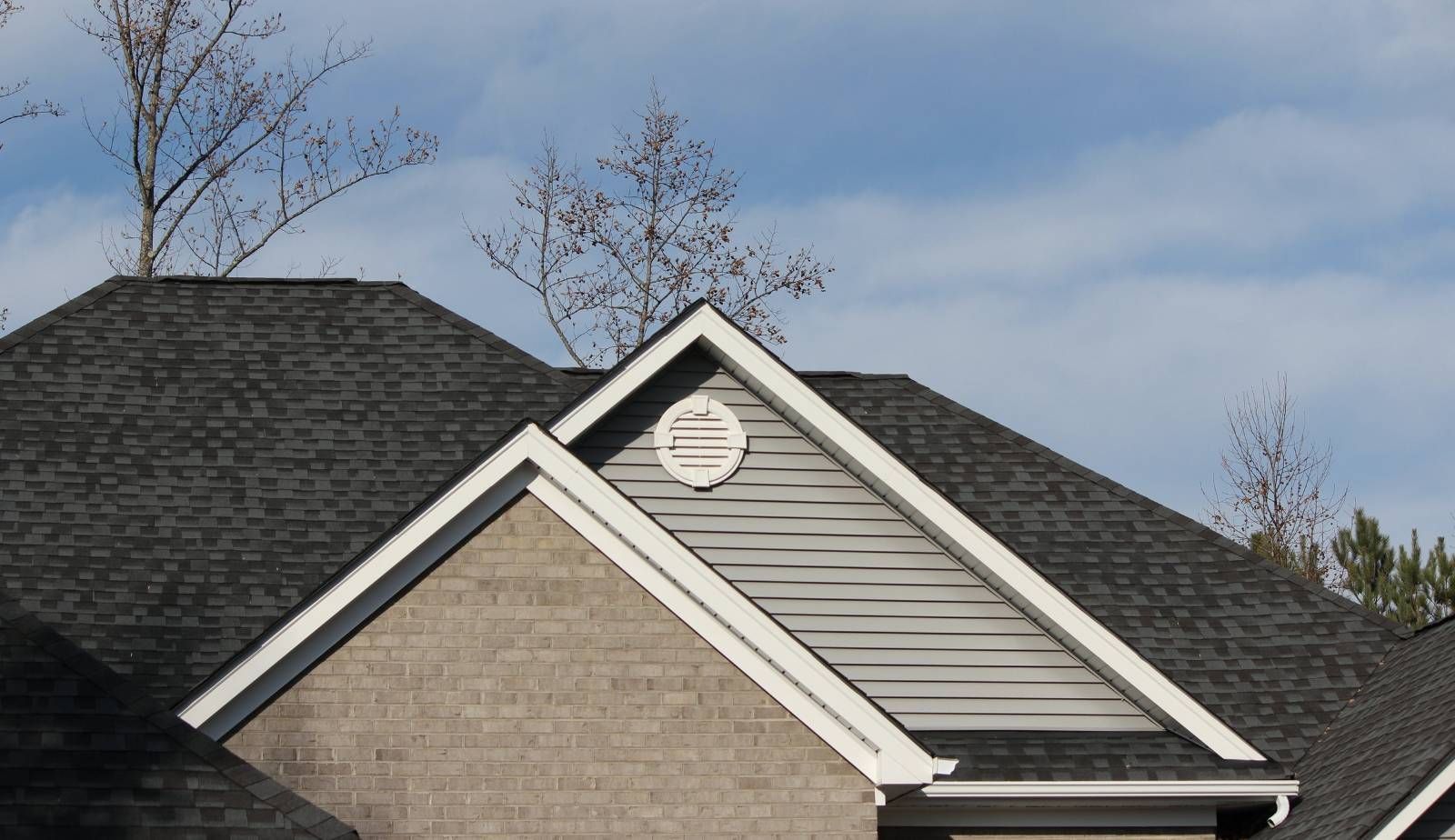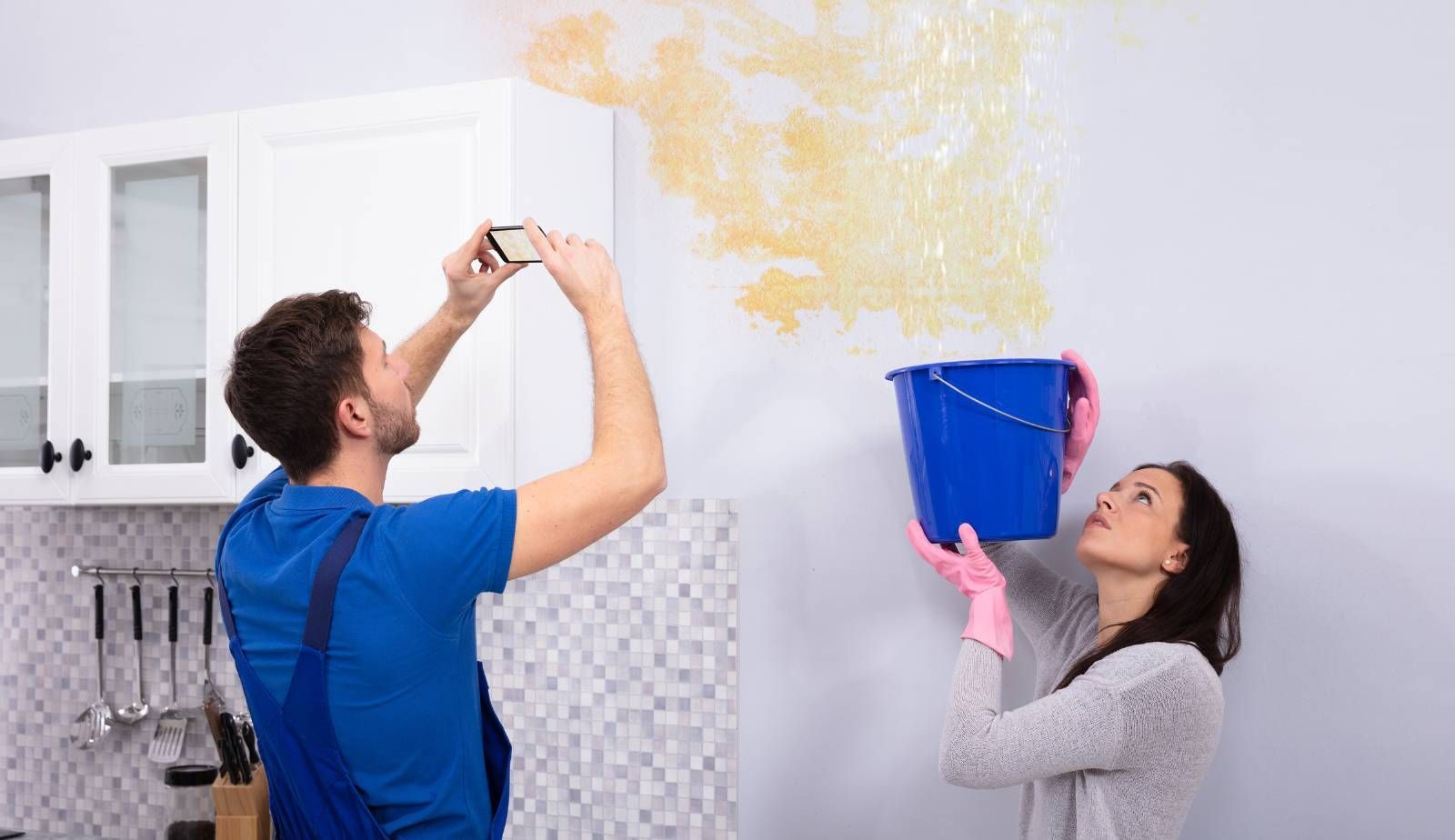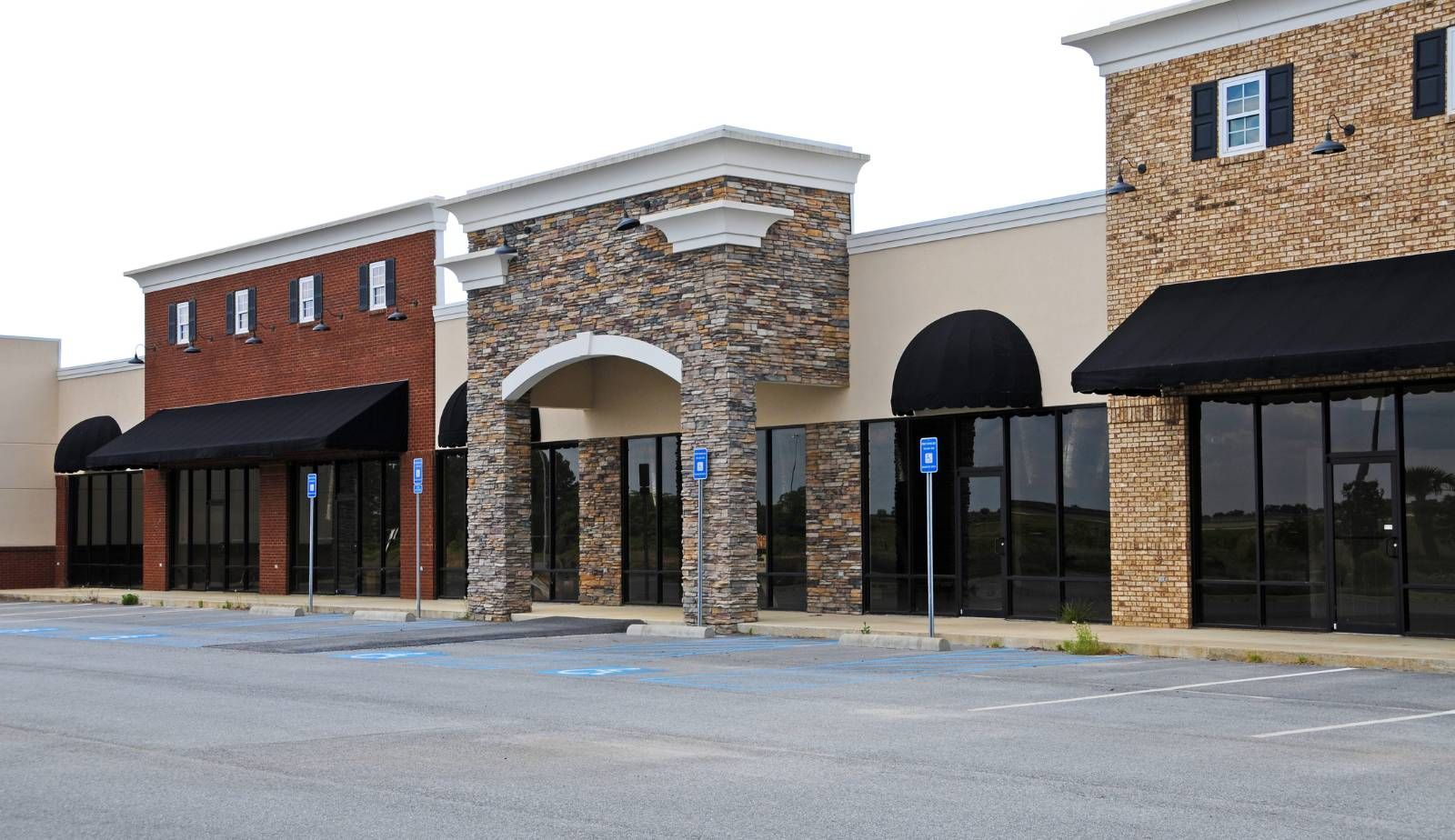Since 2000, Louisiana has weathered over 30 major flood events. The first step to safeguarding your home? Awareness and proactive preparation.
Louisiana has experienced more than 30 major flood events since 2000, making it one of the most flood-prone states in the United States.
These floods have caused billions of dollars in damage to homes and businesses, leaving many residents struggling to recover. As a result, it's important for Louisiana residents to be aware of the risks of flooding and to take steps to prepare for potential disasters.
One of the most important steps in protecting your home from flood damage is awareness. Understanding the risks in your area and monitoring weather conditions can help you prepare for potential disasters and take action to protect your property. In addition, it's important to have a plan in place for what to do in the event of a flood, including evacuation routes and emergency supplies.
If you do experience water or flood damage to your home or business, it's important to act quickly to minimize the damage and begin the recovery process. One resource for residents of Louisiana is Drymax, a professional restoration company that specializes in water and flood damage restoration. With their expertise and experience, they can help you get back on your feet after a flood and restore your property to its pre-loss condition.
Understanding Louisiana's Flood History
Louisiana has a long history of flooding, with more than 30 major flood events occurring since 2000. These floods can be caused by heavy rainfall, hurricanes, and storm surges. Understanding the state's flood history is crucial for homeowners to protect their properties and families.
Notable Flood Events Since 2000
In 2016, Louisiana faced devastating floods that caused over $10 billion in damages. The floods were caused by prolonged rainfall, with some areas receiving more than 30 inches of rain in just a few days. Over 60,000 homes were damaged and 13 people lost their lives.
Another major flood event occurred in 2012, when Hurricane Isaac hit Louisiana. The storm caused widespread flooding and power outages, with more than 800,000 homes and businesses losing power. The flooding caused over $2 billion in damages and resulted in 9 deaths.
Impact of Hurricane Katrina and Hurricane Ida
Hurricane Katrina, which struck Louisiana in 2005, was one of the most devastating natural disasters in U.S. history. The hurricane caused widespread flooding and over 1,800 deaths. The storm caused over $100 billion in damages and displaced hundreds of thousands of people.
In 2021, Hurricane Ida made landfall in Louisiana, causing significant damage and flooding. The storm knocked out power to over 1 million people and caused at least 26 deaths. The flooding caused by Hurricane Ida was particularly severe, with some areas receiving over 15 inches of rain in just a few hours.
To protect their homes from flooding, Louisiana residents should be aware of their flood risk and take proper precautions. This includes purchasing flood insurance, elevating their homes if possible, and having a plan in place in case of a flood emergency. If you have water or flood damage, call Drymax for professional restoration services.

The Science of Flooding in Louisiana
Geography and Topography
Louisiana is a state located in the southern region of the United States, bordered by the Gulf of Mexico to the south. The state's geography and topography make it particularly vulnerable to flooding. The Mississippi River, which runs through the state, is prone to overflowing its banks during periods of heavy rainfall. Additionally, much of the state is at or below sea level, making it susceptible to flooding from storm surges and high tides.
Climate Change and Weather Patterns
Climate change is also a factor contributing to the increased frequency and severity of flooding in Louisiana. As global temperatures rise, the Gulf of Mexico is becoming warmer, resulting in more moisture in the air and an increased risk of heavy rainfall. In recent years, Louisiana has experienced more frequent and intense storms, including hurricanes and tropical storms, which have caused significant flooding throughout the state.
To combat the effects of flooding, Louisiana has implemented various measures, including the construction of levees and floodwalls, as well as the implementation of flood insurance programs. However, despite these efforts, flooding remains a significant risk for the state's residents.
Understanding the science behind flooding in Louisiana is critical to protecting homes and property from water damage. By being aware of the state's geography, topography, and weather patterns, residents can take steps to prepare for potential flooding and minimize the impact of these events. If you have experienced water or flood damage, it is important to seek the assistance of a professional restoration company like Drymax to ensure that your property is properly cleaned and restored.
Flood Protection and Mitigation Strategies
Protecting your home from floods requires a combination of awareness, preparation, and infrastructure improvements. Louisiana has faced more than 30 major flood events since 2000, making flood protection a top priority for homeowners and policymakers alike.
Infrastructure Improvements
One of the most effective ways to protect against floods is through infrastructure improvements, such as building levees, floodwalls, and other barriers. These structures can help prevent floodwaters from reaching homes and businesses, reducing the risk of damage and loss.
In addition to physical structures, infrastructure improvements can also include drainage systems, pumps, and other mechanisms that help move water away from populated areas. These improvements can be costly, but they can also be highly effective in reducing the risk of flooding.
Levee System and Army Corps of Engineers
The Army Corps of Engineers is responsible for maintaining and improving the levee system in Louisiana. This system includes more than 2,000 miles of levees and floodwalls, as well as other structures designed to protect against floods.
The levee system is critical to protecting against floods, but it is also complex and requires ongoing maintenance and improvement. The Army Corps of Engineers works to identify areas of weakness in the levee system and to develop strategies for improving it.
In addition to the levee system, the Army Corps of Engineers is also responsible for other flood protection and mitigation strategies, such as floodplain management and wetlands restoration. These strategies can help reduce the risk of flooding by managing water levels and reducing the impact of storms and other natural disasters.
Protecting against floods requires a multi-faceted approach that includes infrastructure improvements, flood protection systems, and ongoing maintenance and improvement. By working together, homeowners, policymakers, and organizations like the Army Corps of Engineers can help reduce the risk of flooding and protect homes and businesses in Louisiana.

Insurance and Financial Preparedness
Understanding Flood Insurance
Louisiana is no stranger to flooding, with more than 30 major flood events occurring since 2000. That's why it's important to understand flood insurance and how it can protect your home. Homeowners insurance policies typically do not cover flood damage, so it's crucial to purchase a separate flood insurance policy.
The National Flood Insurance Program (NFIP) is a federal program that provides affordable flood insurance to homeowners, renters, and business owners. Homeowners can purchase policies that cover up to $250,000 for the structure and up to $100,000 for contents.
It's important to note that flood insurance policies generally take effect 30 days after purchase, so it's crucial to purchase a policy before a flood event occurs. Homeowners can purchase flood insurance policies through their insurance agent or directly through the NFIP.
Federal Aid and Grants
In addition to flood insurance, there are federal aid and grant programs available to homeowners and renters who have experienced flood damage. The Federal Emergency Management Agency (FEMA) provides disaster assistance to individuals and families who have suffered losses due to a federally declared disaster.
FEMA disaster assistance can include grants to help pay for temporary housing, home repairs, and other disaster-related expenses. However, it's important to note that FEMA disaster assistance is not intended to cover all losses and is often limited to basic needs.
The Small Business Administration (SBA) also provides low-interest disaster loans to homeowners and renters who have experienced flood damage. These loans can be used to repair or replace damaged property, as well as to cover other disaster-related expenses.
Overall, being financially prepared for a flood event is crucial for Louisiana homeowners. Understanding flood insurance and federal aid and grant programs can help homeowners protect their homes and recover from flood damage.
Emergency Response and Recovery Efforts
Role of FEMA and Federal Government
When natural disasters such as floods occur, the Federal Emergency Management Agency (FEMA) and the federal government take the lead in providing emergency response and recovery efforts. FEMA provides financial assistance, technical support, and resources to state and local governments, as well as individuals and businesses affected by the disaster. FEMA has provided more than $135 million in grants to Louisiana survivors to help them recover from Hurricane Ida. Another $889 million in federal grants and $816 million in low-interest loans have been approved to enhance recovery efforts in Louisiana since Hurricane Ida hit in August 2021 [1].
FEMA's National Flood Insurance Program (NFIP) provides flood insurance to homeowners, renters, and business owners in participating communities. NFIP is designed to provide an insurance alternative to disaster assistance to meet the escalating costs of repairing damage to buildings and their contents caused by floods. In Louisiana, the NFIP has paid out $297 million to survivors in National Flood Insurance [1].

Community and Business Recovery
In addition to FEMA's efforts, community and business recovery is also a vital part of the emergency response and recovery process. Local businesses play a crucial role in the recovery of a community after a natural disaster. The Louisiana Department of Children and Family Services and the State of Louisiana Department of Health and Hospitals have received more than $8.7 million in FEMA assistance for building repairs and reimbursements for emergency protective measures following the August floods [2].
Businesses can take steps to prepare for natural disasters by creating a disaster recovery plan, ensuring they have adequate insurance coverage, and taking steps to protect their physical assets. Drymax is a company that can help businesses and individuals protect their property from water and flood damage. By being aware of the risks and taking proactive measures, businesses and individuals can minimize the impact of natural disasters on their lives and livelihoods.
Overall, emergency response and recovery efforts are a collaborative effort between federal, state, and local governments, as well as businesses and individuals. By working together and being prepared, communities can minimize the impact of natural disasters and recover more quickly.
References
- Federal Emergency Management Agency. (2021, October 28). Federal Disaster Assistance in Louisiana Exceeds $2 Billion Two Months After Hurricane Ida. Retrieved from https://www.fema.gov/press-release/20211028/federal-disaster-assistance-louisiana-exceeds-2-billion-two-months-after
- Federal Emergency Management Agency. (2023, April 25). Louisiana Flood Recovery Continues with $8.7 Million in FEMA Assistance. Retrieved from https://www.fema.gov/press-release/20230425/louisiana-flood-recovery-continues-87-million-fema-assistance
Preparing Your Home for Flood Events
Floods can cause significant damage to homes and properties, and Louisiana has experienced more than 30 major flood events since 2000. Protecting your home starts with awareness and proper preparation. Here are some practical measures homeowners can take to prepare for flood events.
Practical Measures for Homeowners
One of the most important steps homeowners can take is to protect their property from flood damage. This can include elevating the home, sealing foundation cracks, and installing backflow valves. Homeowners can also consider planting native vegetation and installing rain gardens to help absorb excess water.
It's also important to have a plan in place for when a flood event occurs. Homeowners should know the evacuation routes in their area and have a designated meeting spot for family members. They should also ensure that important documents, such as insurance policies and identification, are stored in a waterproof container.
Emergency Kits and PPE
In addition to preparing the home, homeowners should also have emergency kits and personal protective equipment (PPE) on hand. Emergency kits should include items such as non-perishable food, water, flashlights, and first aid supplies. PPE can include items such as gloves, masks, and goggles to protect against contaminants in floodwaters.
It's important to note that during a flood event, homeowners should never attempt to enter their home if it has been flooded. Floodwaters can contain dangerous contaminants and pose a serious health risk. Instead, homeowners should contact a professional restoration company, such as Drymax, to assess the damage and begin the cleanup process. By taking these steps, homeowners can help protect their property and ensure their safety during flood events.
Understanding and Reducing Risks
Flood Risk Assessment
Flood risk assessment is a critical step in protecting your home from flood damage. In Southeast Louisiana, where flood risk is particularly high, it is essential to have a clear understanding of the risks associated with your property. This assessment involves evaluating the likelihood and potential consequences of flooding, as well as identifying any vulnerabilities that may exist.
One way to assess flood risk is to consult FEMA's Flood Insurance Rate Maps (FIRMs). These maps provide information about flood zones and base flood elevations, which can help homeowners determine their level of risk. Additionally, homeowners can consult with local floodplain managers or engineering firms to conduct a more detailed assessment of their property.
Long-Term Risk Reduction
Reducing long-term flood risk requires a combination of structural and non-structural measures. Structural measures include elevating homes above the base flood elevation, installing flood vents, and constructing flood walls or levees. Non-structural measures include purchasing flood insurance, creating an emergency plan, and elevating appliances and utilities above potential flood levels.
It is important to note that flood risk reduction is an ongoing process. As climate change continues to impact hurricane season and coastal flooding, it is essential for homeowners to stay informed and take action to protect their homes. By working with local authorities and taking proactive measures, homeowners can reduce their risk of flood damage and ensure their safety during extreme weather events.
If you have water or flood damage, it is important to act quickly to prevent further damage and ensure a safe and healthy environment. Call Drymax for professional flood damage restoration services.
Impact on Communities and Ecosystems
Effects on Local Populations
Louisiana has experienced more than 30 major flood events since 2000, which have had a significant impact on local populations. The most affected areas include New Orleans, Mississippi, and Lake Charles. These flood events have caused extensive damage to homes, businesses, and infrastructure, resulting in the displacement of thousands of people.
Poverty is a significant issue in Louisiana, and the flood events have disproportionately affected low-income communities. These communities often lack the resources to prepare for and recover from flood events, leaving them vulnerable to the impacts of flooding.
Environmental Consequences
The flood events in Louisiana have also had a severe impact on the state's ecosystems. The floods have caused soil erosion, which can lead to the loss of productive farmland. The floods have also increased the risk of wildfires, which can cause significant damage to natural habitats.
In response to these environmental consequences, the state of Louisiana has taken several measures to protect its ecosystems. For example, the state has implemented programs to restore wetlands and protect wildlife habitats.
Overall, the impact of flood events on communities and ecosystems in Louisiana is significant. Proper preparation and awareness are essential to protect homes and businesses from flood damage. If you have water or flood damage, it is essential to call a professional restoration company like Drymax to mitigate the damage and prevent further harm to your property.

Frequently Asked Questions
How can homeowners in Louisiana prepare for flood events?
Homeowners in Louisiana can prepare for flood events by purchasing flood insurance, creating an emergency plan, and taking measures to protect their homes from flood damage. This includes elevating the home, sealing the foundation, and installing backflow valves. It is also important to stay informed about weather and flood conditions in the area.
What are the most effective flood prevention measures implemented in Louisiana?
The most effective flood prevention measures implemented in Louisiana include the construction of levees and floodwalls, the implementation of drainage systems, and the use of flood warning systems. Additionally, the state has implemented regulations on building in flood-prone areas and has promoted the use of natural flood control measures such as wetland restoration.
What was the impact of the 2005 Louisiana flood?
The 2005 Louisiana flood, also known as Hurricane Katrina, was one of the most catastrophic natural disasters in U.S. history. The flood caused over 1,800 deaths and $125 billion in damages. It displaced over one million people, destroyed over 200,000 homes, and caused widespread damage to infrastructure.
How does the cost of flood insurance in Louisiana compare to other states?
The cost of flood insurance in Louisiana is among the highest in the country due to the state's high risk for flooding. The average cost of flood insurance in Louisiana is $707 per year, compared to the national average of $700 per year. However, the cost of flood insurance can vary depending on the location, age, and construction of the home.
What steps should be taken immediately after experiencing flood or water damage in a home?
After experiencing flood or water damage in a home, it is important to contact a professional restoration company such as Drymax. They can provide emergency services such as water extraction, drying, and mold remediation. It is also important to document the damage for insurance purposes and to take measures to prevent further damage such as turning off the electricity and removing wet items from the home.
Over a 30-year mortgage, what is the likelihood of a Louisiana home experiencing flood damage?
The likelihood of a Louisiana home experiencing flood damage over a 30-year mortgage is significant due to the state's high risk for flooding. In fact, Louisiana has faced more than 30 major flood events since 2000. Homeowners can protect their homes by purchasing flood insurance and taking measures to prevent flood damage.
You might also like
DryMax Restoration Blogs




